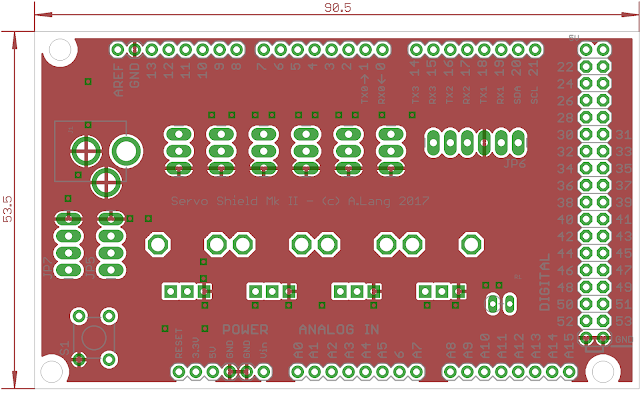A blog reader has asked me to help them design and build a medical training device. The reader is a medical doctor specialising in Pulmonary treatment and training - In the course of their work they measure how much air flow goes in and out of a person's lungs and how that is affected. The device to be built needs to measure the following things to a reasonable accuracy:
- Air pressure
- Air flow
- Thoracic and Abdominal movement (Using EMG - electromyography)
It would be nice if the device was as accurate as possible, battery powered and wireless as much as possible to make it easy to use and less invasive to the patient.
I'm going to help them by designing something that does all of the above using the arduino microcontroller as the main processor. The circuit will also have a bluetooth module or ESP8266 wifi module to provide serial communications to an external PC or mobile phone application to display the results.
In order to start the design work we need to assess the instrumentation requirements. To that end we need to investigate how much air flow and pressure is present in a normal setting and the extreme needed to be measured. From that it should be possible to estimate the requirements for the sensing elements of the device.
The above websites discuss how a medical practitioner performs the above measurements and the associated results expected. Unhelpfully for an engineer designing equipment the measurement units provided are not clear. Apparently the results of the testing are quoted as the volume of air inhaled and exhaled in Litres / minute. So we need a sensor that can measure flow in litres / second or milli-litres per second. There is no mention of air pressure in those measurements and having had some feedback from the blog reader the pressure measurement is for measuring the pressure from an external ventilator device. The flow probably relates to how much air is ingested into the lungs and the exhaled volume should be slightly lower which indicates how much oxygen was received by the lungs and how much carbon dioxide was produced as part of the operation, We could of course provide sensors for those gases as well. The air pressure would relate to how much a person's diaphragm and chest movement affect the volume of air was inhaled and exhaled and finally this can be corroborated with the EMG measurement. I don't have much experience with EMG - I made an ECG heart rate monitor many years ago but have mostly forgotten all about it. EMG is a similar measurement technique.
I am not a pulmonary medical expert so this is conjecture at the moment. With further discussion I suspect the brief can be expanded upon as required. For now I will discuss how I intend to implement the device.
The test subject will wear a mask covering the nose and mouth and with tubes attached to the mask which allow the user to breath in and out normally. Those tubes will be connected to the pressure and flow sensor which in turn will send electronic signal data to an analogue to digital converter which will then pass digital information to a microcontroller (the arduino). The data received can then be sent out serially and also via Bluetooth or WiFi to an external computer for further processing and graphical display.
I have no budget for this project so I'm free to choose as I please (I'm paying, so whilst I can choose whatever I like, I'm not a rich person so I'm going to try and cut cost where I can).
The sensors I'm going to use are:
MPS20N0040D-D - I've used it before and I have a pre-designed breakout board (Massive Grin)
MPXV7002DP - I've not used this one before but its easily available with a breakout board and is fairly in-expensive. I bought mine from ebay for £20
3 Terminal ECG pads and wires - available from Ebay in China at £5.99 for the wires and £5.91 for the pads.
All of these items are available from any good auction website if one looks hard enough:
Ebay - Air Flow Pressure Senor
Ebay - ECG Leads
Ebay - ECG Pads
I'm not sure how physically large the circuit will end up being so I'm not going to specify and enclosure at the moment - Once I have an idea of size I will choose something suitable or design an enclosure that can be 3D printed.
I am currently waiting for parts to arrive from China, once they do I will develop and test the first part of the circuit.
That's all for now - Take care always
Langster!








